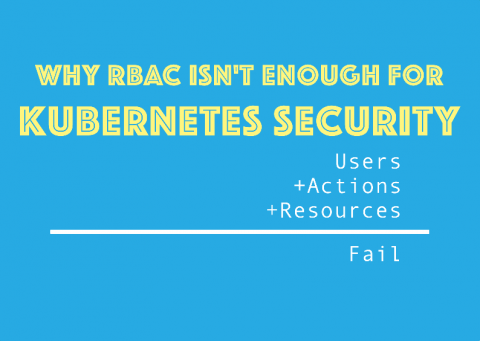Making your MFA secure: tips from a security architect
Many security breaches take place when attackers gain access to Internet-facing applications by using compromised credentials. As an added layer of security against leaked credentials, organizations have been implementing multi-factor authentication (MFA) mechanisms to verify the identity of users connecting to critical online assets.








